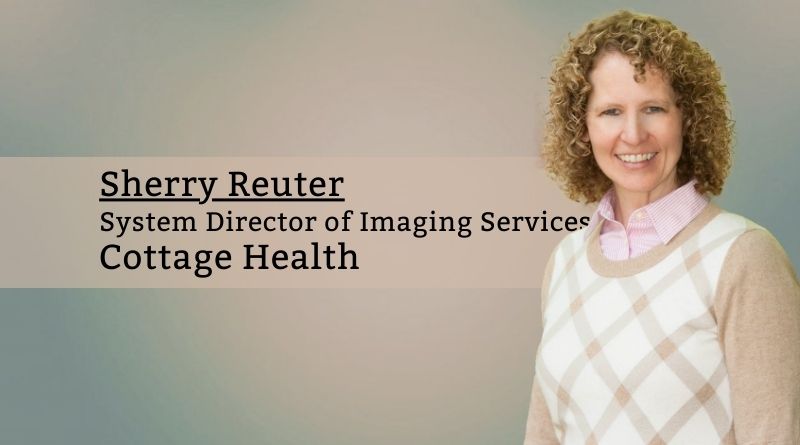Appropriate Use Criteria (AUC)- CMS delays implementing the penalty phase indefinitely
By Sherry Reuter, System Director of Imaging Services, Cottage Health
January 1, 2023 was to be the start of the payment penalty phase of the AUC Mandate, but has been delayed by the CMS. CMS did not provide a date for full implementation. The Protecting Access to Medicare Act (PAMA) of 2014, Section 218(b), established a program which was intended to ensure the use of advanced diagnostic imaging services on CMS beneficiaries had been vetted by a practitioner through a CDS Mechanism, (CDSM). CDSMs are electronic portals through which the ordering of an advanced imaging study, such as CT, PET, MRI, or nuclear medicine procedures go through an algorithm to ensure the appropriate use of these imaging exams.
One of the goals of AUC implementation was to ensure these expensive exams were being ordered correctly to avoid ordering an exam that did not provide the required clinical information. Another was to improve the amount of clinical information being provided on an order to ensure the correct exams were indeed being ordered. As an ex-imaging technologist, I cannot count the number of times I received an order for an imaging exam only to have to go out on a reconnaissance mission to interpret exactly what type of exam was needed to give the clinician the information they needed to come to a correct diagnosis to properly care for the patient.
The patient would present to the imaging center and describe their symptoms, illness, pains, and what they were hoping the imaging exam would answer for their clinician. The technologist reviews the order and realizes that the exam ordered, the diagnosis given by the clinician and what the patient is saying is not materializing into the exam that needs to be performed to answer the questions fully. The imaging technologist speaks with their radiologist, who calls the clinician to change the order to a more appropriate order for an exam that needs to be performed to give the clinician the needed information. Meanwhile, there is a much-needed scanner sitting idle while the required information is attained, not to mention, now the 3:00 patient has become the 4:00 patient, the 4:00 patient becomes the 5:00 patient and the 5:00 patient must be rescheduled because the imaging center closes at 5:00.
In an ideal world, the patient presents each time with what is needed, the technologist performs what is ordered, the radiologist dictates what was performed, the coders code what was dictated in the report, and the payors pay with no rejections or denials. When evaluating an imaging exam that was ordered incorrectly, one must consider the reasons for the incorrect order. Was it human error? Was it a process issue? Once identified, one must explore potential fixes. Sometimes, this includes education or putting new workflows/processes in place. Most important is to view the fix as a benefit to the patient’s care.
One action that can ensure that an order is correctly performed, is to ensure that the ordering provider provide as much information as possible. There are regulatory and accreditation requirements that providers supply documentation to support code assignment. Details needed in an imaging order are the same details captured during a patient visit to their provider. Imaging service providers are not asking for new information, but for what already has been captured during a patient interaction.
Organizations continue to move forward implementing systems/algorithms (tools) built to address the AUC mandate. These tools enhance the quality of care by improving provider and patients satisfaction, track improvement efforts, identify gaps in care to improve health outcomes, and reduce variation in clinical practice. Although CMS has put the penalty phase on hold, it is good to see organizations moving forward with this important tool.



